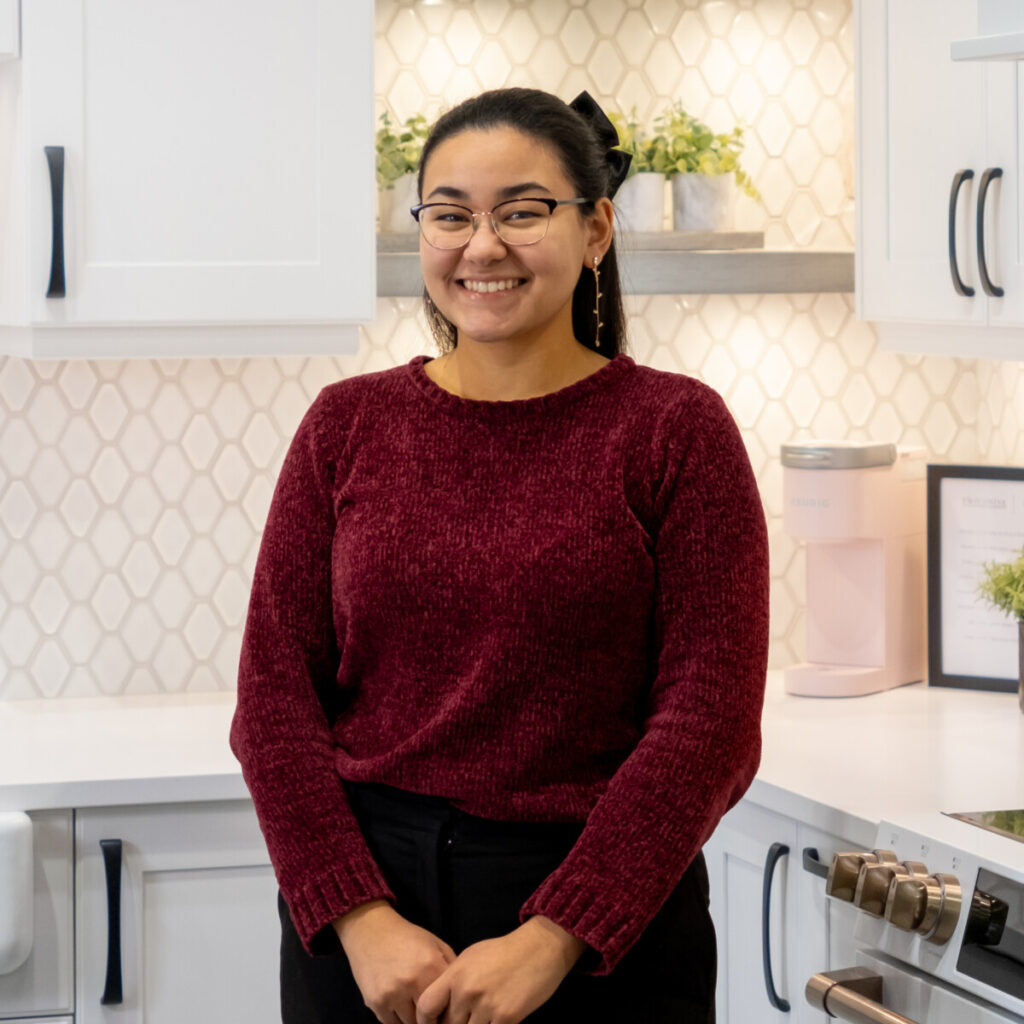Why You Should Add Texture to Your Kitchen

When designing and renovating a kitchen, most people tend to focus solely on the colour schemes, layout, appliances and functionality. While all of these are crucial, there’s one element that often gets overlooked: texture.
Incorporating texture in a design plays a huge role in the overall visual aesthetic, as well as the tactile aesthetics in your home. This is especially true in your kitchen, as a space where family gathers the most. Adding texture in your kitchen can dramatically change the warmth, depth and character in the space, in turn making it more inviting and personal.
Here’s why we should consider texture in our designs:
1. Textures can create a welcoming enviroment
Incorporating textures in your kitchen design will help make a more inviting and personal atmosphere in turn making it more welcoming to you and your guests. This can be done by adding texture to your cabinet surface, for example, adding reeded wood or textured melamine to add more depth to the space, drawing you in and inviting the sensation of touch, or adding matt surfaces to soften the overall look and add a sense of warmth, allowing the space to feel more like a living space rather than just another utility area.

2. Textures will help enhance visual depth
In many cases kitchens may feature large smooth surfaces including slab door cabinets, polished countertops and backsplashes with sleek or no handles. While clean and minimal, this design can feel flat or sterile. Adding texture to those smooth surfaces, such as introducing natural wood grains, stone textures or tactile hardware, can help enhance the visual depth, without losing the modern aesthetic.

3. Textures can help improve focal points in your design
In kitchens with neutral or light color schemes, texture can be used to help make certain focal points appear more prominent. When there’s a more limiting colour pallet, using textures on cabinet, wall or counter surfaces will help make the space visually stunning without straying too far away from your desired look. For example, combining neutral cabinets with brushed metal hardware and textured stone features can create a cohesive yet visually rich environment.

In conclusion, textures play a huge role in your kitchen and home design, adding depth, warmth and personality to your overall aesthetic. By thoughtfully incorporating a variety of tactile and visual textures, homeowners can create a space that feels more balanced, engaging, and reflective of their personal style.

Ginette Dupas
Ginette joined the Two30nine team in October 2024 after earning her bachelor’s degree in Environmental Design with a focus on Interior Design, from the University of Manitoba. She has a strong passion for interior design and enjoys creating thoughtful, functional spaces that reflect both creativity and her clients’ needs.


